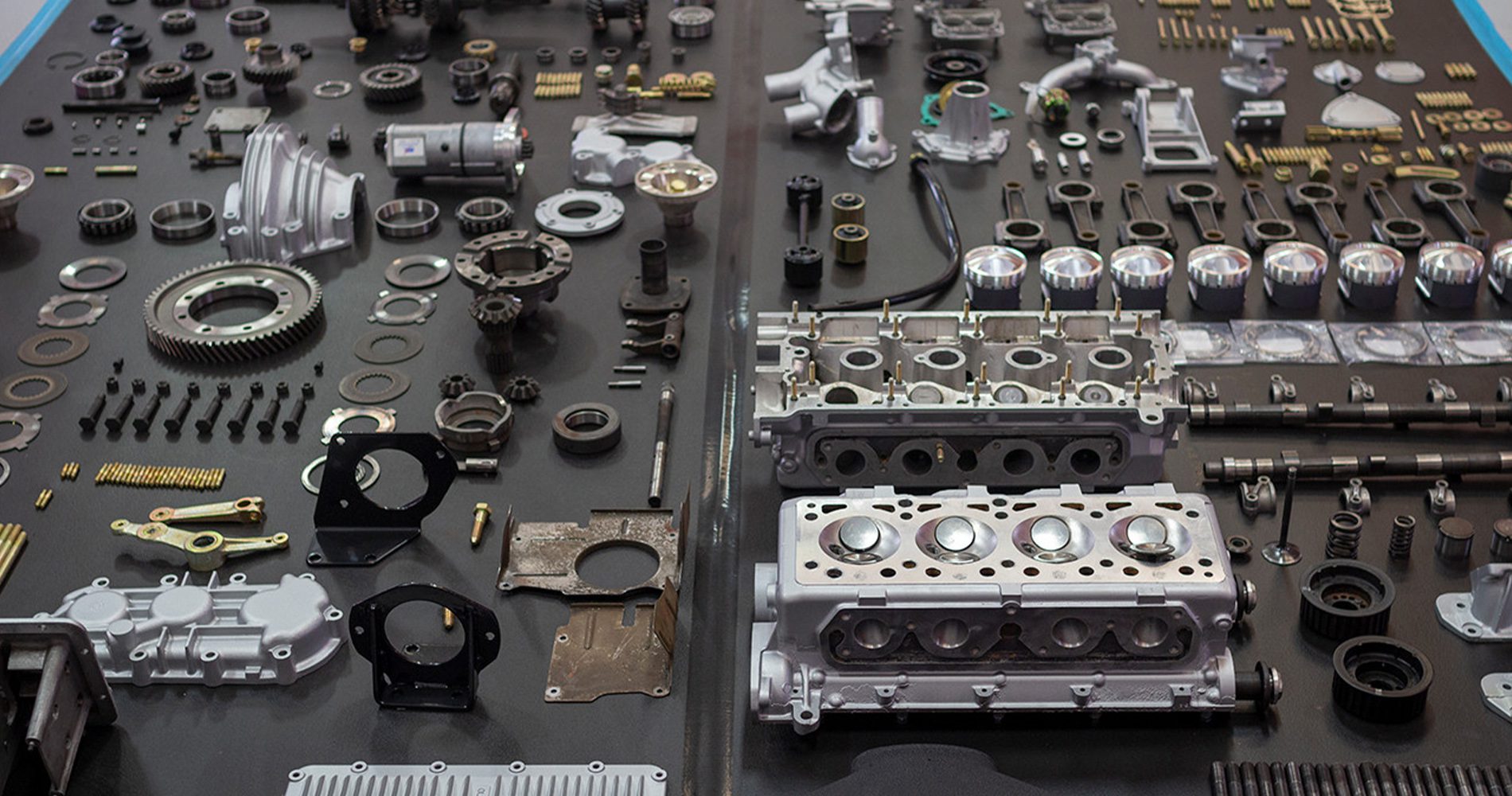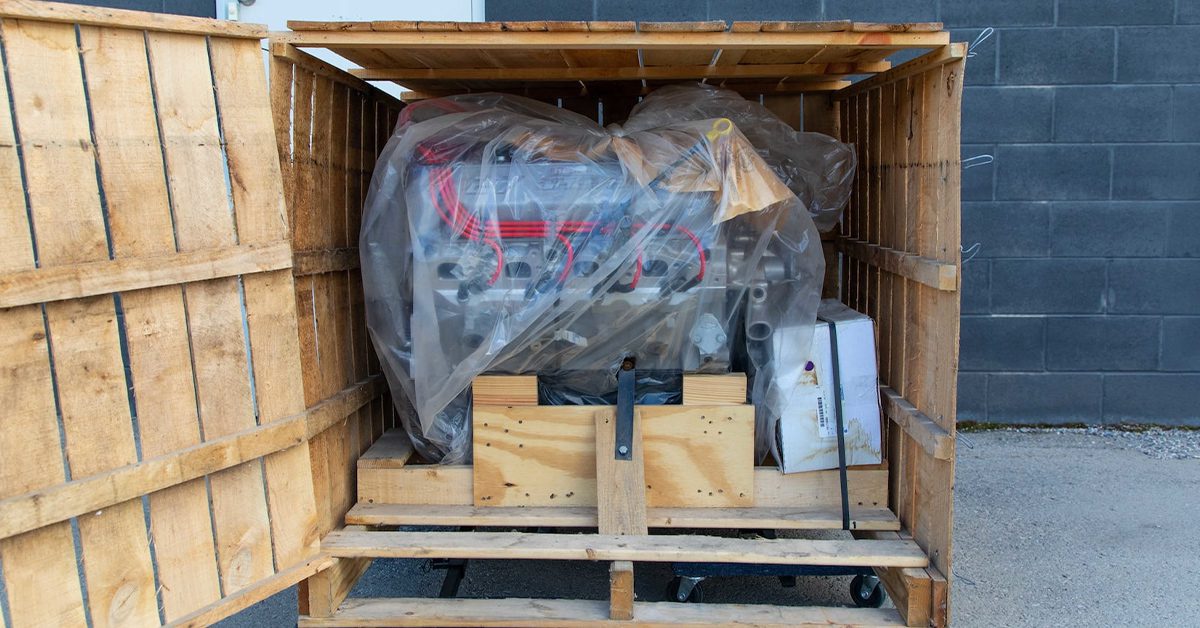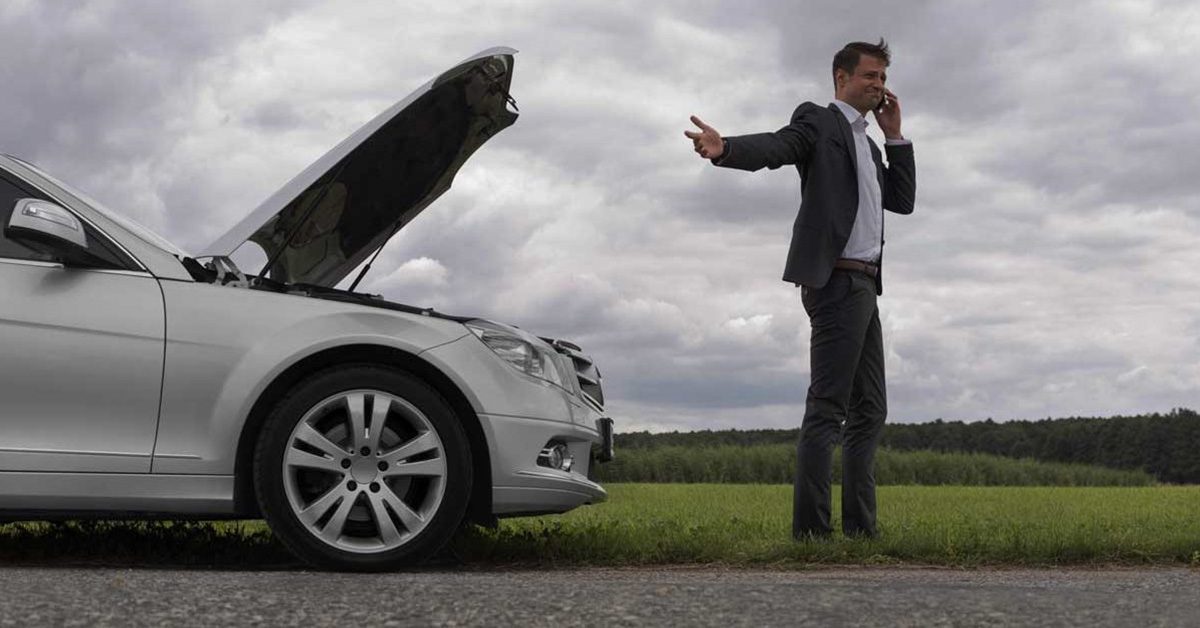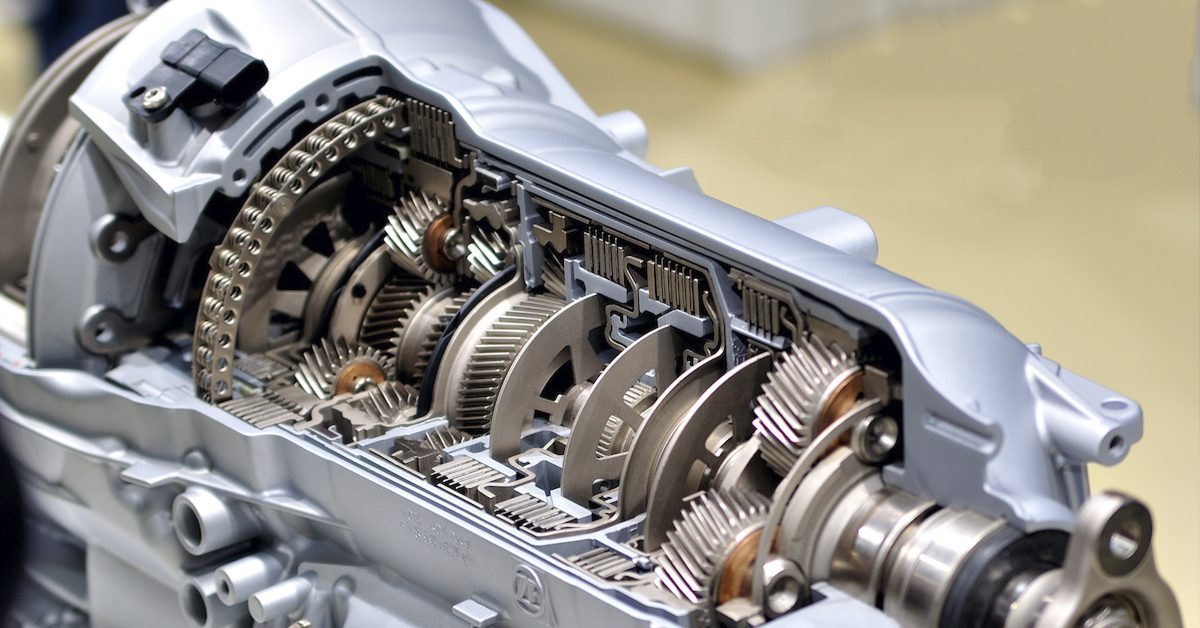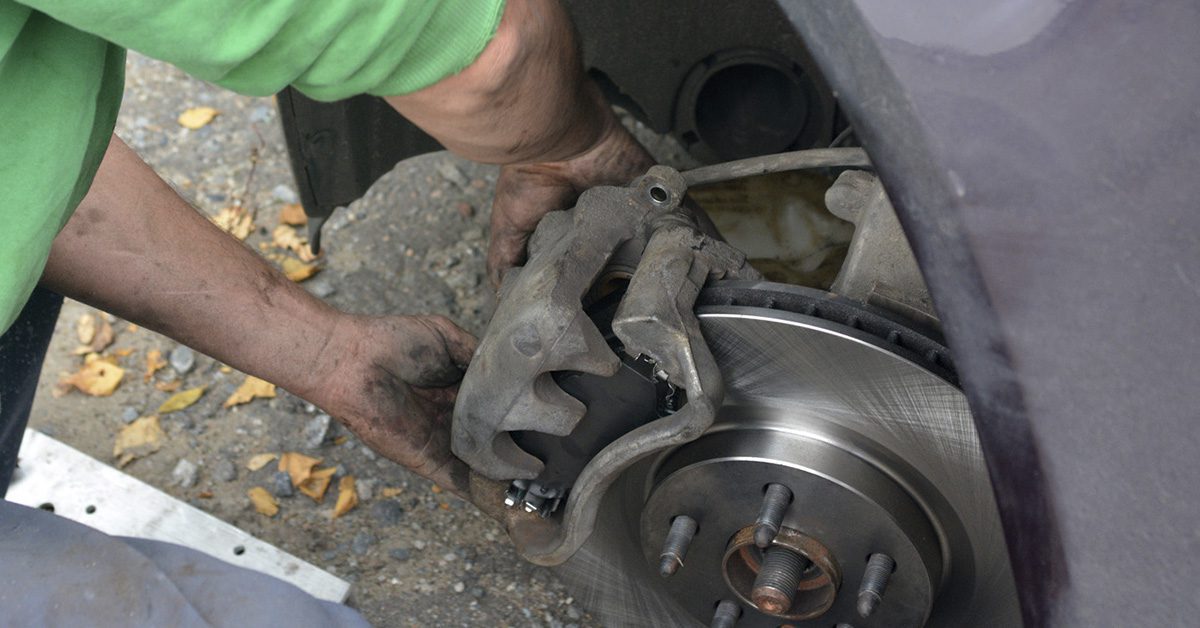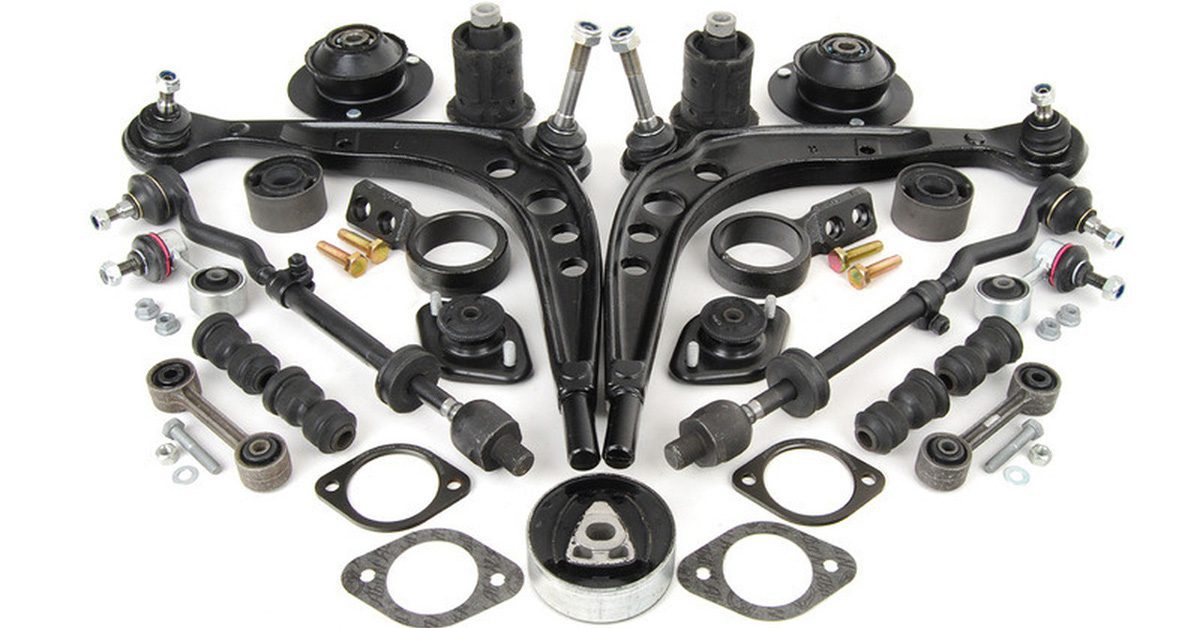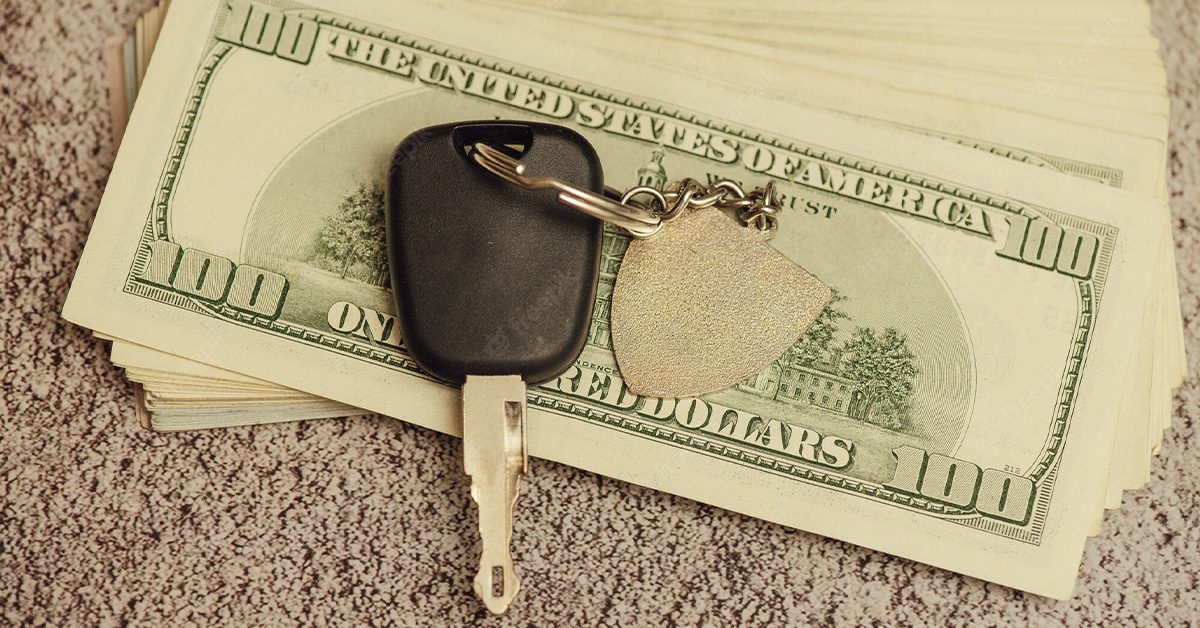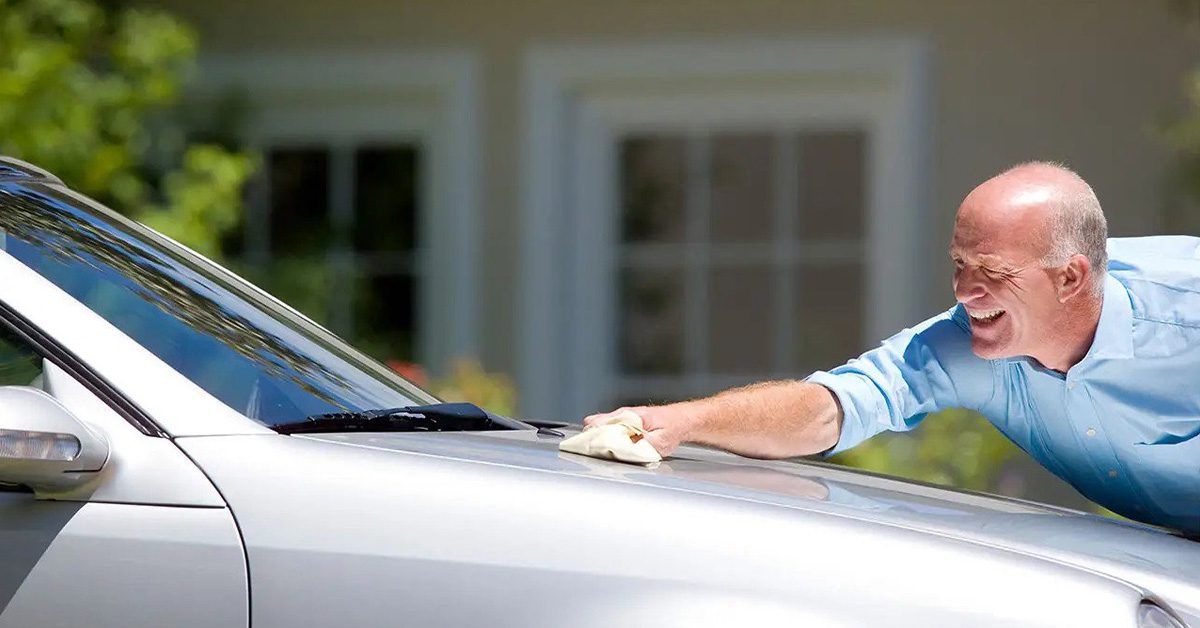Keeping a car in optimal operational condition is no simple task. It requires constant care and maintenance. Things like oil change, lubrication of mechanical parts, periodic tune-ups when recommended by the manufacturer, replacing worn-out parts (such as replacing worn wheel bearings, replacing brake pads/rotors, changing your tires, etc.) and repairing unexpected damage promptly so that it does not affect the proper functioning of the vehicle and increases the cost of repairs.
However, there is an almost irreplaceable auto component whose damage can sometimes exceed the entire vehicle’s value. And sometimes, it is challenging to determine if it’s worth repairing or performing a complete overhaul, especially in the long run. Of course, we are talking about the engine. A car’s engine is like the heart of every automotive vehicle.
And while there are many ways to take care of your engine, it still can be damaged through an accident or unexpected breakdown, and in that case, you might wonder if it’s time for a new engine or a new car.
Via Mecum Auctions
Repair Costs of Major Components
Engine
To determine the cost of repairing or replacing the engine, you need an experienced mechanic or technician to diagnose the damage and give you a repair estimate. For example, if a motor part is damaged, perhaps replacing it would be easier and less expensive. On the other hand, if poor care of the engine and its components has caused severe wear or damage, the entire engine will probably have to be replaced.
Engine overhauls typically cost less than an engine replacement. Although costs vary widely depending on your engine type and how much work it needs, according to the National Automobile Dealers Association (NADA), the average price is anywhere from $2,500 to $4,000.
If you buy a brand new engine from the factory and install it at the dealership, prepare to spend anywhere from $4,000 for a four-cylinder engine. A higher-performance engine could cost you up to $10,000.
Via The Car Doctor
Even if you’ve taken good care of your engine, some major and expensive repairs are unavoidable, sometimes because of excessive wear or time. For instance, since many automakers started using belts in timing kits instead of chains, this became a big-ticket item on high-mileage cars.
The timing belt will have to be replaced between 60,000 and 90,000 miles depending on the car, or between 4-5 years. At this point, most dealership service advisers will recommend replacing the car’s water pump, pulleys, and other drive belts. This repair job can cost between $600 and $1,000.
A severe engine failure is expensive, regardless of the car’s age. When this happens, many people opt to replace their vehicle instead of repairing it.
For example, you can get rebuilt or remanufactured engines for most brands at a reasonable cost (relative to your alternatives). For example, a remanufactured engine for your Chevrolet ranges from $1,500 (1984 Impala) to $4,500 (2020 Impala), which while a significant investment, almost assuredly costs much less than an entirely new vehicle.
Via Woodies
Transmission
A car’s transmission can break down because of normal wear and tear, lack of maintenance such as not keeping right the level and optimal condition of the fluid, or a mechanical failure. And this is where the question arises of whether it is more convenient and less expensive to repair or replace.
Manual gearboxes rarely wear out and/or need repairs if operated correctly because they have fewer gear plates and are less complex than their automatic counterparts. Still, if a manual transmission breaks, they are less expensive to repair or replace. But, unfortunately, with automatic transmissions, that’s a different story.
Since automatic transmissions are inherently more complex than manual with more moving parts, they can be significantly more expensive to repair. In addition, their sophisticated computers and electronic components can make repairs challenging, requiring more mechanic time and replacement parts, thus increasing your repair bill.
The average lifespan of automatic transmissions is around 150,00 to 200,000 miles, or approximately 7 years. But, of course, the time and mileage vary between drivers and how they use or, we shall say, abuse their transmissions.
When the transmission fails, you often have the option of rebuilding or replacing it. A transmission rebuild means you are only replacing the failed parts but not necessarily doing it in a factory setting. A rebuilt transmission could cost anywhere between $1,100 to $2,800.
On the other hand, replacing the transmission means you will replace the entire component which can be costly. On average, you will pay between $800 to $1,500 for a used/salvage transmission and between $1,300 to $3,400 for a remanufactured one.
Via Counterman
Brakes
The brake caliper, brake pads, and brake rotor are the main components of car disc brake systems. How long brakes last before they must be repaired or replaced depends on several factors, but all cars’ brake pads and brake rotors eventually wear out.
On average, you must replace brake pads between 25,000 and 50,000 miles depending on driving habits, environment, and the brake pad hardness and materials. In addition, you will need to replace rotors between 50,000 and 70,000 miles.
Regarding brake pad replacement costs, parts typically run between $35 and $150 for all four wheels. In addition, labor costs are between $80 and $120 per axle, so you can expect to pay between $115 and $270 per axle.
Calipers are more challenging and costly to replace. A single caliper can cost up to $130 or more depending on the car model and caliper. A brake repair that includes pads, rotor, and caliper replacement could cost $300 to $800, but depending on the make and model of your vehicle, you can spend up to $1,000 on a complete brake job.
Via Eurosport Tuning
Drivetrain
The drivetrain comprises a vehicle’s components that transfer power from the transmission to the wheels. These components include the driveshaft, CV joints, the differential, the axle shafts, and the U-joints. Average lifespan and repair/replacement costs are:
Driveshaft: While there is no set lifespan of a driveshaft, it typically can last about 75,000 miles, depending on the vehicle. If you want to replace it, prepare to pay anywhere from $500 to $1000, sometimes more depending on parts and added labor.
U-joint: Although there are maintenance-free universal joints, you must grease them every 5,000 miles in most cases. When you fail to service your u-joints regularly, they will fail, and you could end up paying between $190 and $26, including parts and labor, for replacing the universal joint.
CV joints: CV joints can last between 70,000 to 130,000 miles, but we recommend expecting them periodically. The average CV joint replacement cost is between $150 and $850, depending on the car model and labor costs.
Differential: The lifespan of a differential depends on factors such as driving habits, maintenance, and the type of fluid used during servicing. Under proper use and care, differentials should last between 150,000 miles and the life of a vehicle. A differential repair job can cost between $200 and $400 based on the severity of the defect and the parts to fix it. For example, a rebuilt differential could cost between $400 and $1,000, while replacing it can be anywhere between $1,000 to $2,000.
Axle shafts: CV axles can last up to 100,000 miles, but depending on driving habits and terrain, the axle shaft can sometimes wear out faster. On average, getting an axle shaft replaced on a vehicle is somewhere between $500 and $950.
Via Freepik
How Does the Cost of Keeping a Vehicle on the Road Compares to Buying a New Vehicle Every 5 Years?
It is a big decision to decide whether to trade your old car for a new one or fix it. There are many things to consider before you replace your older car, including upcoming financial needs, the age of the vehicle, repair costs, and safety concerns.
For instance, this article by Kelley Blue Book explains the 5-Year Cost to Own, which is the total amount of vehicle-related costs you will likely have to cover during the first 5 years of owning a car. This includes out-of-pocket expenses like fuel, insurance, and vehicle depreciation (loss in value).
What Does 5-Year Cost to Own Include?
- Fuel – the cost to fill up, based on 15,000 miles per year
- Maintenance – what it costs to keep the car running well
- Insurance – the average in your state, including collision and liability
- Repairs – based on a no-deductible extended warranty
- Financing – since most people don’t have the cash on hand to buy the car outright
- State fees – items like sales tax, license, and registration
- Depreciation (Loss in Value) – the difference between what you paid and what it’s worth.
Generally speaking, it almost always cheaper to repair a car than to buy a new one or replace it every five years. And although major powertrain repairs can sometimes cost between $3,000 and $7,000, it will not be much as buying a new car. Plus, if you finance the car, there are monthly payments with rising interest rates.
Also, insurance and registration fees are higher on newer cars, and let’s not forget about depreciation on a new vehicle which on average loses 20% of its value per year. A used car already took that hit.
Via Bankrate
Everyone seems to have a theory about when to fix a car and when to get a new one. But no one knows your needs and your car’s history better than you.
And while buying a new car can give you peace of mind by forgetting about potential failures and their costs for the years while your vehicle is under warranty, it may not be the wisest decision depending on your financial circumstances. So hopefully, this article will be useful to help you make the best decision.

